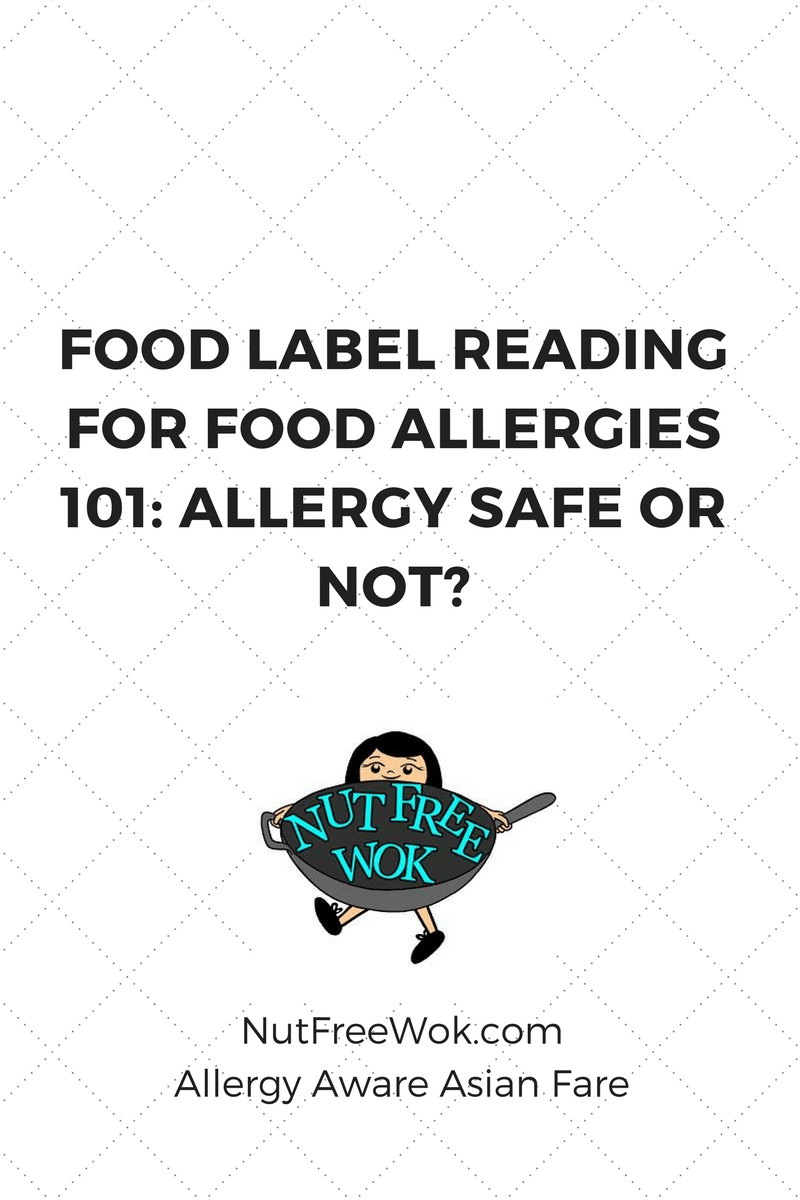
What Does the Law Say About Allergen Labels?
According to the Food Allergen Labeling and Consumer Protection Act of 2004 (FALCPA), food manufacturers are required to label foods that contains food from among the top 8 allergens
- milk
- egg
- fish
- crustacean shellfish
- tree nuts
- peanuts
- wheat
- soy
These foods are responsible for 90% of allergic reactions. The allergens can be listed in the ingredient label or after the word “Contains.” Food manufacturers are also required to specify the exact type of tree nut (ex. walnuts, pecans), fish (ex. salmon, halibut), or crustacean shellfish (ex. shrimp, crab, lobster). Allergens also needed to be listed in plain English such as “Milk” rather than “Whey” or “Casein.” If ingredients such as flavors, color, or food additives are or contain a top 8 allergen, then food manufacturers are required to label it.
Allergy Exemption for Refined Oils
One major exemption that you should be aware of is that “highly refined oils derived from one of the eight major food allergens and any ingredient derived from such highly refined oil” are not considered allergenic and will be listed in the ingredients but not called out as an allergen. Be aware that this exemption applies to other top 8 allergens such as tree nut oils, soy oil, etc..
One example is that there are brands of low-fat ice cream that might contain milk, peanut oil, and other ingredients but if there is an allergen statement, it might say “contains: milk” and omit peanut oil since it’s exempted.
Highly refined peanut oil is considered not allergenic because the processing supposedly removes the peanut protein, but cold-pressed peanut oil is not considered highly refined. Some peanut allergic people can tolerate peanut oil, but some cannot so definitely consult with your medical care team before consuming. As my friend Vivian says, peanut oil is the ultimate “may contain peanuts” food item, so be careful.
What is Not Regulated?
It is important to note that allergen advisory labels such as “made on shared equipment” or similar statements are voluntary so the absence of an allergen advisory doesn’t necessarily mean that the food is free of proteins of the top 8 allergens.
There is no regulation regarding what do they mean, when to use them or not, etc.. Snack Safely created an easy to understand infographic that can be shared with others that clearly states that a food label can tell you when a food product is not safe but the label alone cannot tell you whether the product is free of the top 8 allergens that might be unintentionally present due to cross contact.
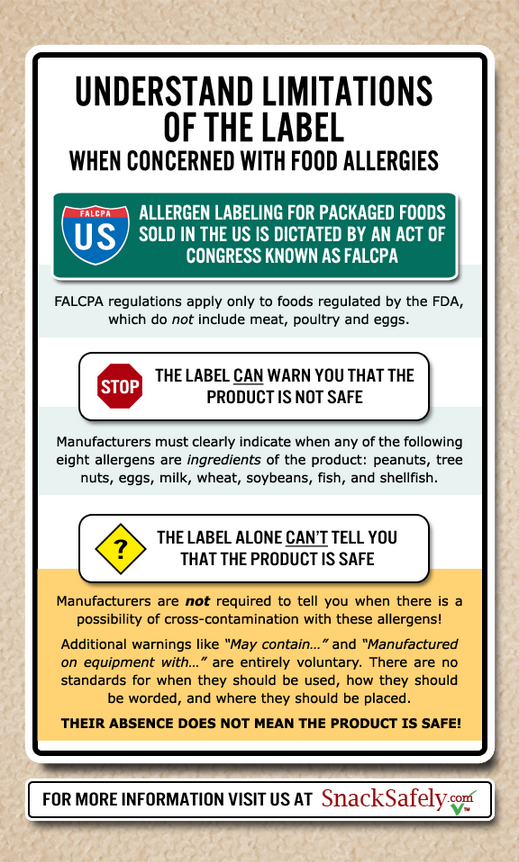
What’s the Risk of Ignoring Allergen Advisories?
How do we react when we see a bag of frozen peas labeled “made in shared facilities with peanuts?” It doesn’t make sense, why would peanuts come within a mile of frozen peas, let alone be processed in the same facility? And should we take the warning seriously?
Some people believe that the allergen advisories serve to protect the manufacturers from legal liability and a 2007 study* showed that people are increasingly ignoring allergen advisories.
- In the same study, researchers purchased 200 different packaged foods and among them 179 had an allergen advisory and 21 listed peanuts as a minor ingredient.
- Researchers analyzed the products samples and found that 20/200 (10%) of products contained detectable levels of peanut and 13/20 (7%) contained enough peanut protein to elicit an allergic reaction.
- Surprisingly, foods that were labeled as “made on shared equipment” had lower levels of peanut protein (<5 ppm) whereas foods labeled as “made in shared facilities” had higher levels of peanut protein (3-4000 ppm). It’s important to remember that both terms are not regulated and have no assigned meaning to indicate allergen safety.
- 4000 ppm is approximately 400 mg of peanut protein which approximately equals 1.5 peanuts. This amount was even greater than foods that labeled peanuts as a minor ingredient (3260 ppm).
- The study also showed that nutrition bars/meal replacement, candy/confections, and cereals/cereal bars had detectable amounts of peanut protein due to cross contact compared to foods such as baking ingredients, baking products/mixes, snack foods, frozen desserts, or instant meals.
- On the other hand a recent article in Allergic Living, indicated that nutrition bars labeled “peanut free” did not have detectable levels of peanut protein, which would indicate a safer option.
The researchers made the following conclusion which readers should discuss with their doctors in order to make an informed decision regarding what is the best approach for label reading for you and your family:
Because 7% of food products bearing allergy advisory labeling for peanuts contain detectable levels of peanut in amounts that in some cases could elicit allergic reactions, individuals with peanut allergy would be wise to avoid ingestion of such products. The risk is even higher for food products listing peanut as a minor ingredient.
A Closer Look at A Store Brand’s Allergen Labeling Policy
As I was doing research for this post, I found Whole Foods Market’s policy regarding their private label 365 Everyday Value and Whole Foods Market brands. Whole Foods will include voluntary allergen statements regarding shared facilities unless there is not enough room, in which case consumers are encouraged to call their customer service department. I suppose in the absence of an allergen advisory label, then one should call because one won’t know whether the lack of an advisory warning means the food is allergy safe or the manufacturer didn’t have enough room on the label.
Another page also clarifies that they do not gather info for shared equipment but expect their manufacturers to use Good Manufacturing Practices. (Side note, at this point, I programmed their phone number into my phone 512-542-0878 which is listed under their company info page.)
It is one extra step to call the manufacturer or the store’s customer service department but I prefer to give my business to stores that have friendly customer service staff who are able to tell me the information I need in a timely manner, such as Whole Foods or Trader Joe’s. Other stores (that I won’t name and shame) call me back two weeks later and while I’m grateful for the information, I honestly don’t have time or patience to wait 2 weeks to find out whether a food item contains nuts or not.
What If You Can’t Follow Up?
What if there is no customer service number to call and no list or database to check?
- Then I would consider whether the product I am considering falls into the high risk categories of food products (ex. nutrition bars, candy, or cereal) and purchase products that are known for being allergen safe instead.
- I also look at the shelves and look for products from the same brand that obviously contain allergens that I am concerned about and consider whether they could possibly be made in the same facility.
- And lastly there’s always the saying, “When in doubt, leave it out.”
Additional Resources:
In a future post, I will share some specific brands that have allergy information posted online so that you can easily source ingredients for Allergy Aware Asian Fare.
I’ve also attended a big food show that comes to San Francisco every year. Look for my posts about the Winter Fancy Food Show to read about how I check out new companies, food trends, and allergen labeling issues. Here’s my latest write up for the WFFS 2019 show.
Since I originally wrote this article in 2014, I wrote an article for Gluten Free and More Magazine based upon a session I attended at FARECon and the speaker shared from his experience working for the FDA. I think it’s a very helpful article to read in more detail about FALCPA.
I reviewed an allergy scanner app, what worked and what didn’t work. The main limitation for most allergen apps is that it can only tell you what’s listed on the label. There is no reliable alternative to contacting each manufacturer for their allergen advisory policy.
I also reviewed Nima’s Peanut Sensor. It was an emotional experience to say the least but I shared it all in my review. Always rely on your allergy label reading best practices, there is no substitute for reading labels and calling manufacturers but a peanut detecting device just widens your safety net a bit but can never replace your safety net.
Another alternative is to refer to Snack Safely’s Snack Guide. Everything on the list is nut free and egg free, including some which are free of the top 8 allergens. Their list is a great starting point to find what works for you.
Thanks for reading and please share in the comments if you have any additional food shopping strategies. I would love to hear from you.
*Reference: http://www.jacionline.org/article/S0091-6749(07)00761-0/fulltext
Thanks for reading, please help Nut Free Wok!
The best way to see every post or recipe is to subscribe to Nut Free Wok’s email subscription (be sure to respond to the confirmation email). I won’t send you spam or share your email address with anyone.
If you enjoyed this post, please use the social media buttons below to share with others. I am on Facebook, Twitter, Pinterest, and Instagram as @nutfreewok and it’s great to chat and interact on social media too.
If you see any of my posts on social media, please like, retweet, comment, or share. I would love your help in sharing Allergy Aware Asian Fare with your friends so that I can spend more time working on recipes.
Disclosure/Disclaimer:
This post was updated on May 24, 2019 to include additional information and for clarity purposes. I may mention the names of stores and/or brand names of products that I use because readers ask and I share products and sources which I use and think may be helpful to readers, all opinions are my own. Please note that manufacturing practices and ingredients can change at anytime without notice and readers are always responsible for assuring allergen safety before buying or consuming foods. NutFreeWok.com is a participant in the Amazon Services LLC Associates Program, an affiliate advertising program designed to provide a means for sites to earn advertising fees by advertising and linking to Amazon.com. Thank you for your support!
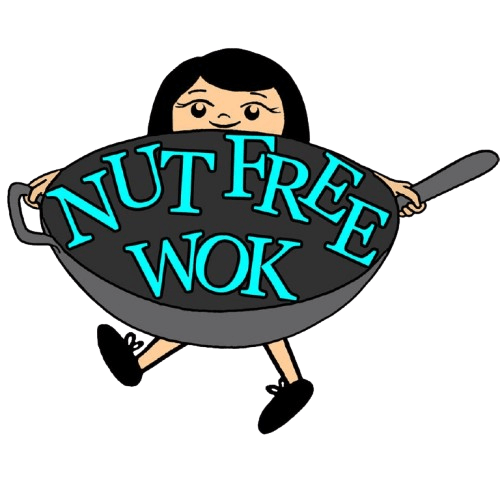
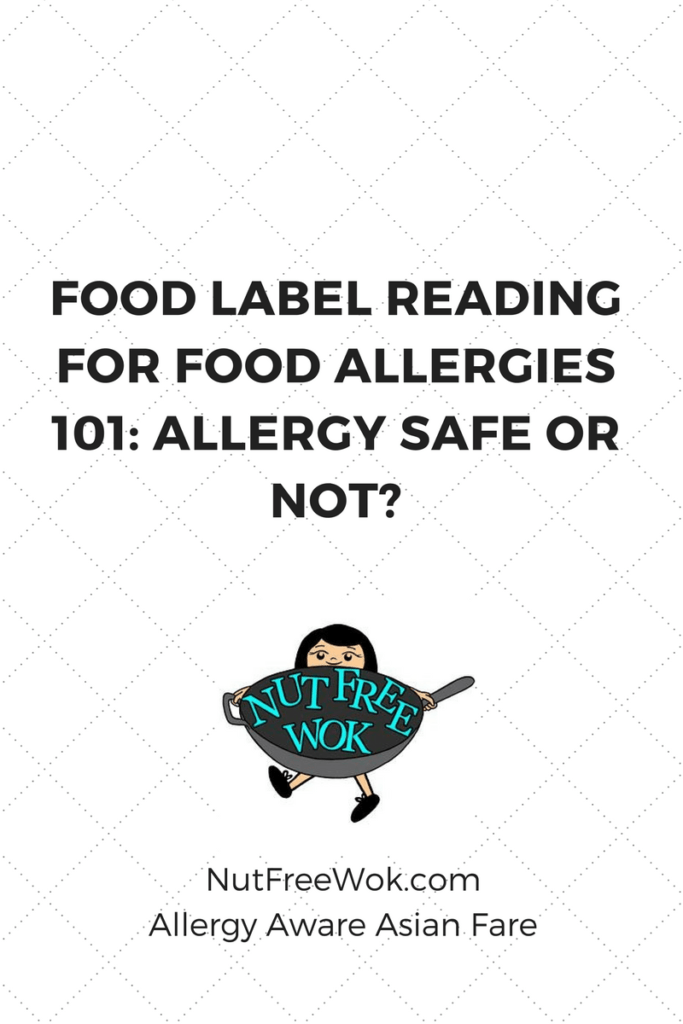
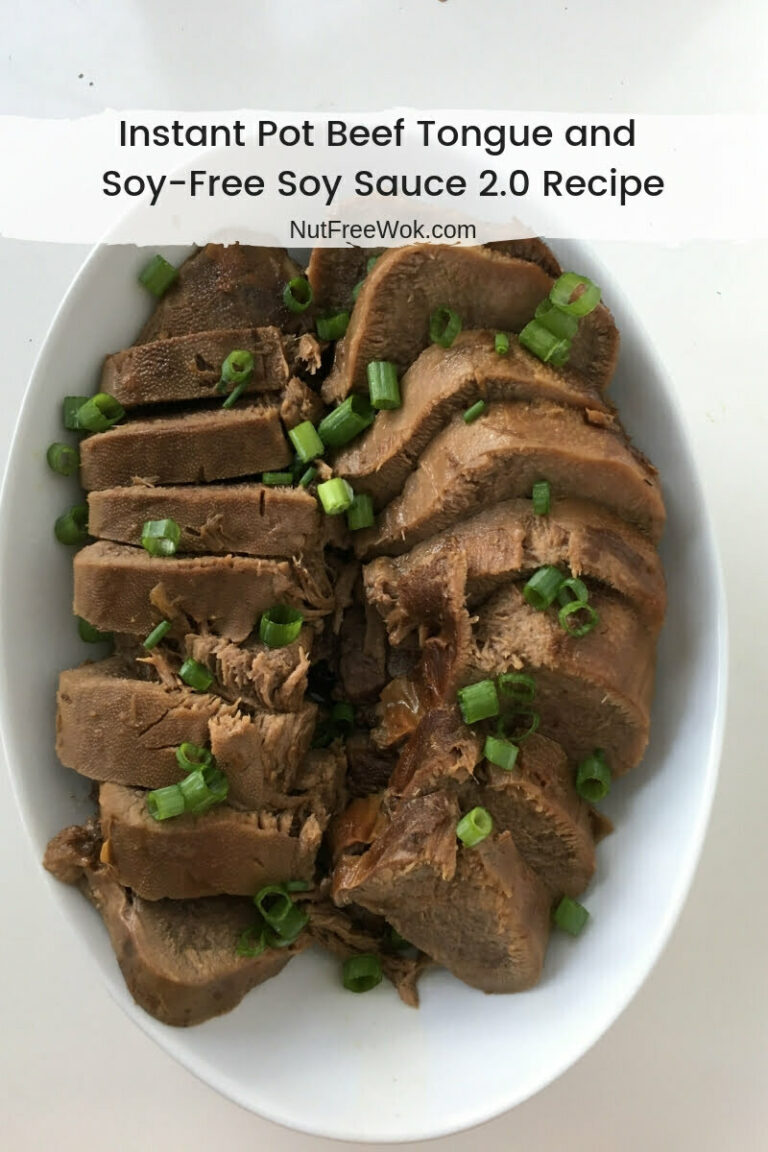


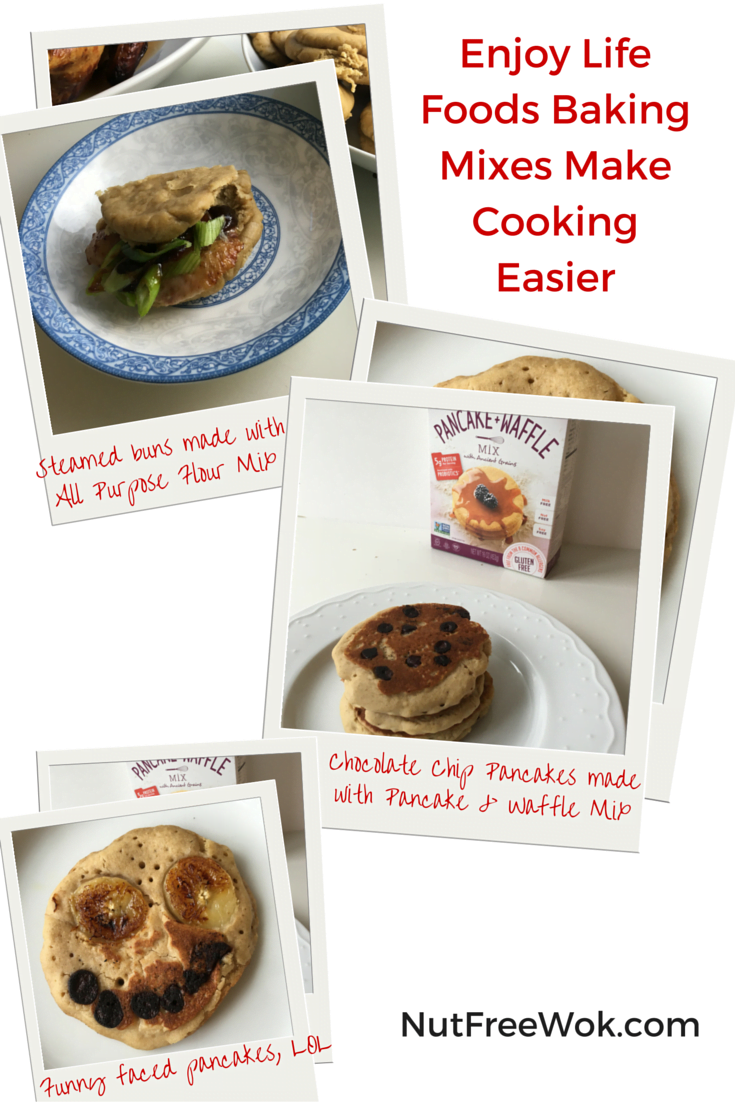

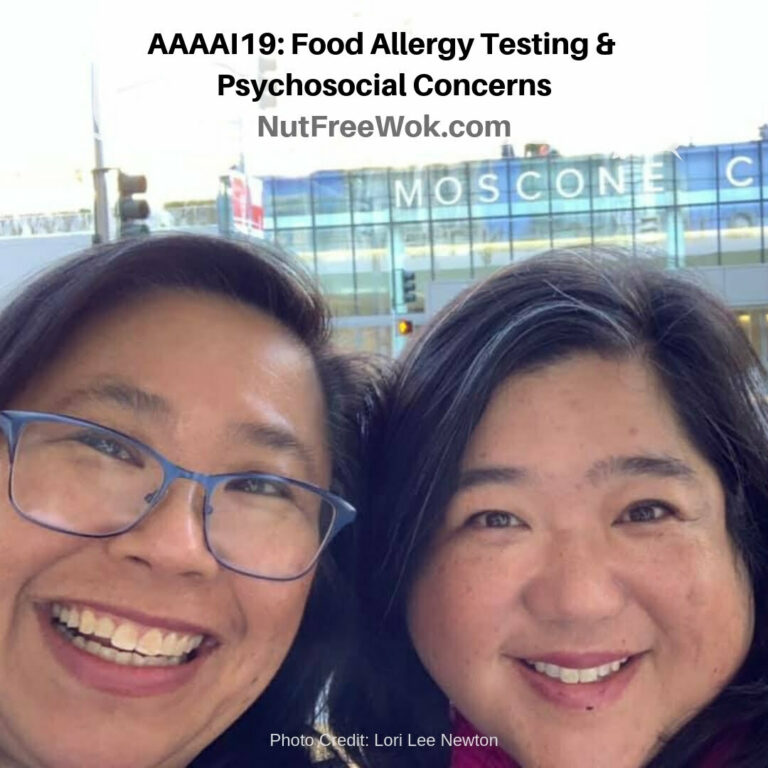
Don’t know how I missed this post, but it is very good! Especially with us all being deep in the land of food allergy!
Thank you, Caroline! I hope it helps people to tease out some of the subtleties about reading labels. When I applied more stringent screening for our food and called manufacturers regarding approximately 200 items that we use regularly, roughly 10% of them were made on shared equipment or shared facility which were not indicated on the labels. We stopped having random but minor reactions after I eliminated those items, Caroline.
I would love to see more allergy aware Chinese ingredients. We regularly use Kikkoman soy sauce, and Lee Kum Kee sauces, but I have only been reading labels… not calling for information. We have never had any reactions to food cooked at home (though we have while dining at a Chinese restaurant).
Hi Lori, I agree! I would love to see really proactive and allergy friendly ingredient labels for Asian foods. Sometimes if I see that the nutrition facts on the label are not correct, or if the manufacturer makes a similar product containing ingredients of great concern, then I would avoid those products. Kikkoman and Lee Kum Kee actually have allergen information on their websites. I have a list of allergy safe Asian brands to recommend for a future post. Thanks so much for stopping by to comment.